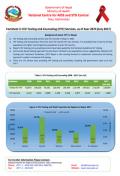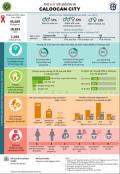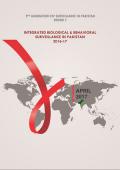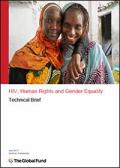Publications on Key Populations
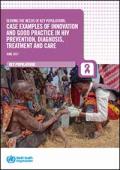
Resource | Publications,
WHO guidelines issued on HIV prevention, diagnosis, treatment and care for key populations (8), and on HIV testing services (11) included annexes that presented examples of innovative programmes around the world that seek to increase access to vital health and supportive services for communities with the greatest vulnerabilities to HIV, and to protect the rights of those key populations. This compilation joins those two annexes, providing updated information and additional details on programmes when available, and considering the aspects of differentiated service delivery that are key to the success of these programmes.
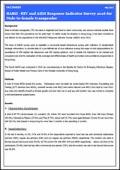
Resource | Fact Sheets,
Male-to-female transgender (TG) has been a neglected and hard-to-reach community, yet various overseas studies have shown that their HIV prevalence can be quite high. To better study the situation in Hong Kong, it has been included as one distinct at-risk populations in the HIV/AIDS Response Indicator Survey (HARiS) since 2014.
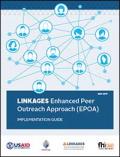
Resource | Guidelines,
This guide introduces the enhanced peer outreach approach, which engages previously unidentified members of key populations for HIV prevention and testing, particularly those who are hard to reach and who may be at high risk or already have HIV. This guide describes the approach, its potential benefits and the steps involved in implementing it.

Resource | Fact Sheets,
In Hong Kong, the number of HIV cases transmitted through injecting drug use (IDU) has remained low up till now and contributed to less than 5% of all reported cases cumulatively. However, the potential risk of cluster outbreak and rapid upsurge of infection among the IDU population is always a concern. To monitor HIV-related risk behaviours and access to HIV testing services among IDU, this population has been included as one of the four at-risk populations in the HIV/AIDS Response Indicator Survey (HARiS) implemented since 2013.
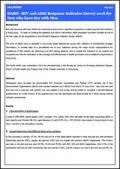
Resource | Fact Sheets,
Men who have sex with men (MSM) has continued to account for a significant proportion of newly acquired HIV infections in Hong Kong. To keep on tracking the epidemic and inform intervention, MSM population has been included as one of the five major at-risk populations in the HIV/AIDS Response Indicator Survey (HARiS).

Resource | Tools,
The Programmatic Mapping Readiness Assessment Tool provides an adaptable step-by-step guide for conducting an mapping readiness assessment (MRA). The MRA focuses on the safety and well-being of KPs as a group and individuals within the group; helps identify the potential risks and benefits of conducting PM before initiating the mapping process; and guides discussions among program staff, steering committee members, and community leaders in creating an action plan to address risk.






